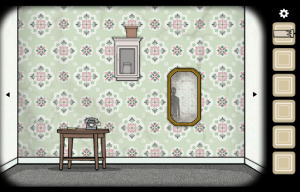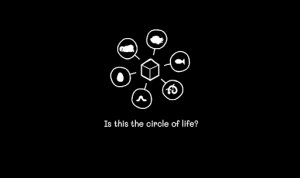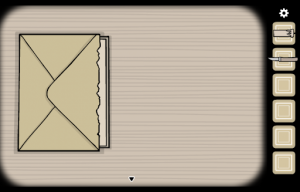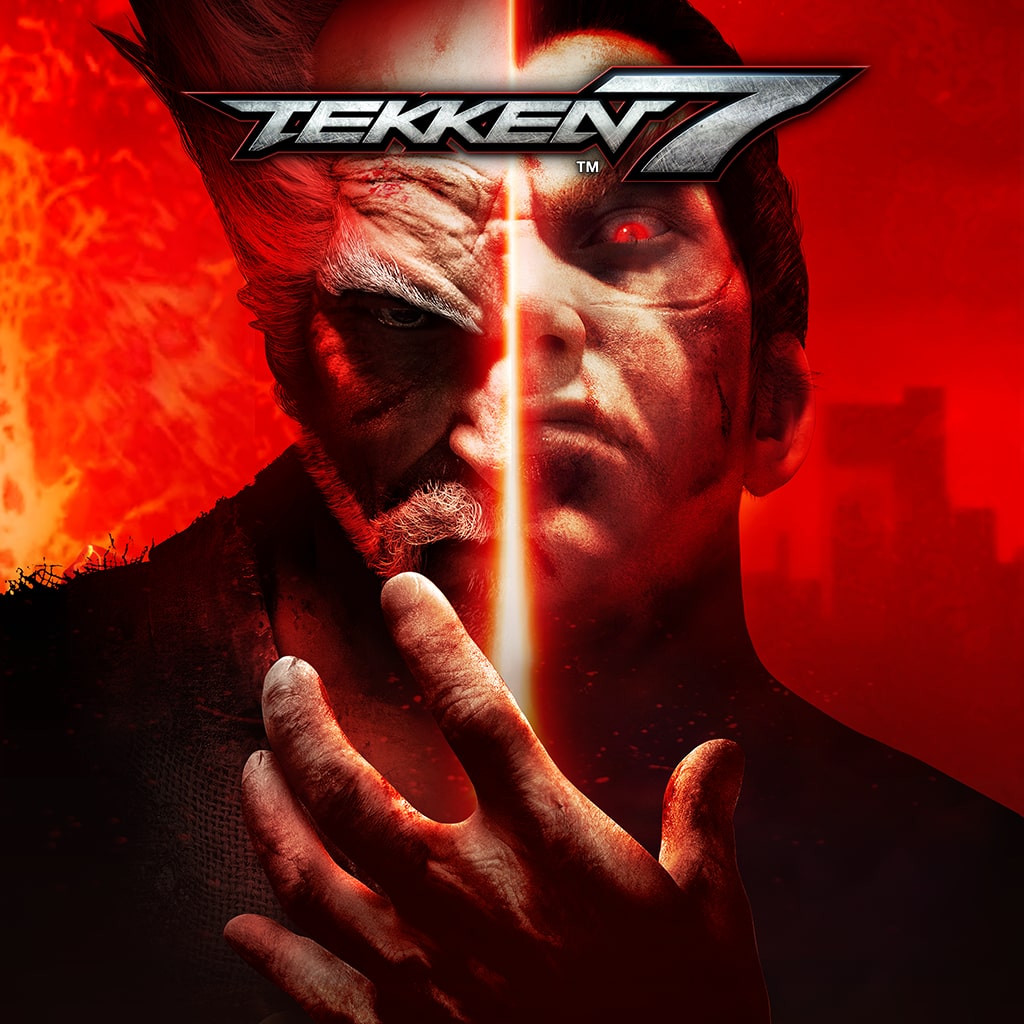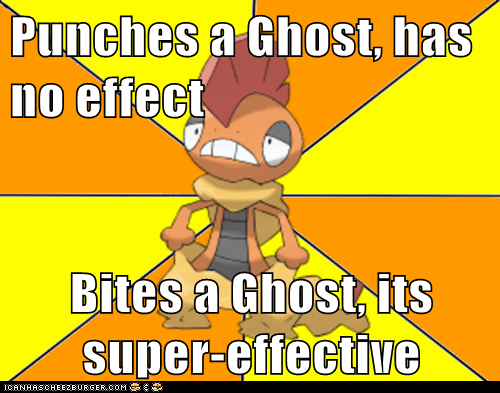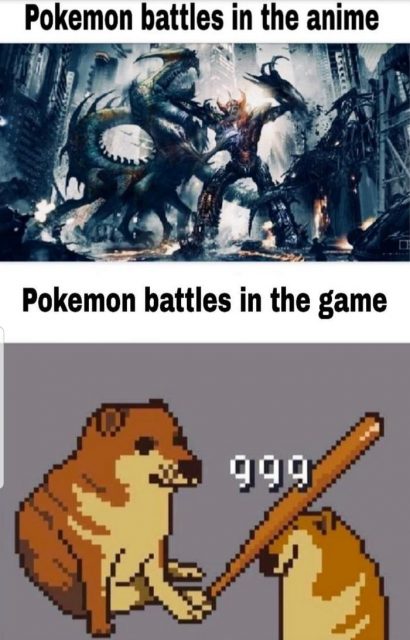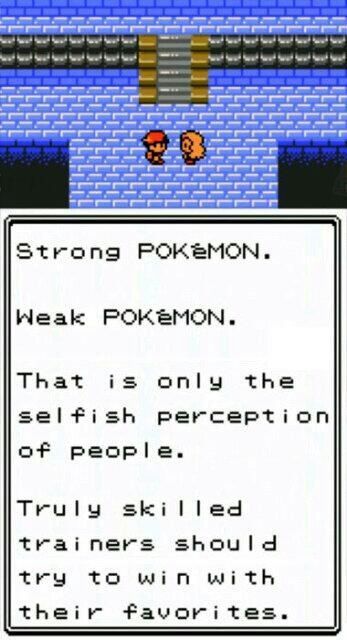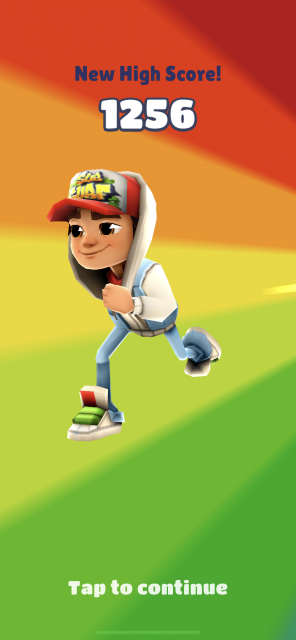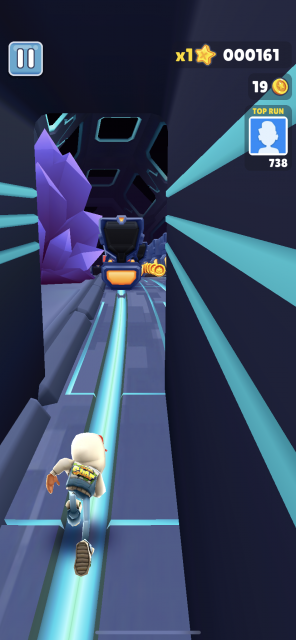Return of the Obra Dinn is a first person puzzle game created by Lucas Pope, who is also well know for his other game Papers, Please. It is the winner of the IGF Seumas McNally Grand Prize award in 2019. I first learned of this game from a YouTuber two years ago and have since always wanted to play it fully myself. A few months ago, it was on 50% discount and I finally decided it was time to buy and play it. After 10 hours of constant head-scratching and googling of hints, I finished this masterpiece of a game and am safe to say that it is now one of my favourite games.
/cdn.vox-cdn.com/uploads/chorus_image/image/61823085/Ship_02.0.png)
The game is set in 1807 with the player assuming the role of an insurance inspector. The player’s goal is to determine what happened to everyone who was on board the ship Obra Dinn, which went missing for 5 years.
Game Website: https://obradinn.com/
Lens 9: Elemental Tetrad
Mechanics: You are equipped with a thick journal (containing a list of all the names and artist’s sketches of the crew/passengers, and the blueprint of the ship) to record all your findings, including matching everyone’s names to their faces. You are also given a magical pocket watch that can be used on corpses, which then transports you to the moment of the corpse’s death frozen in time. You will also hear a short clip of dialogue/sound effects moments before that death. While exploring moments of deaths, you can use the pocket watch again to explore even more corpses captured in that moment. This game’s mechanics are not just unique, but also really engaging.
Story: The story plays a huge part in this game. It is ultimately the player’s goal to piece together the story, from each person’s death, so I won’t be spoiling it. The deaths also aren’t shown to you in order. The first few corpses you find were the last ones who died, and from their moments of death, you’ll find more corpses from the middle of the ship’s journey, or even the beginning of the ship’s journey. Even though the pieces of story aren’t given to you in order, after piecing them together, the well-crafted story flows in a linear way.
Aesthetics: The game graphics uses a 1-bit monochromatic graphical style mimicking games on early Macintosh computers. (You can also change the screen to mimic to other old computer monitor colors in the settings!) Everything from the soundtrack music, the sound effects, the voice acting, the dialogue, to the appearances of the passengers, come together to give players the feeling that they are really present on a ship in the 1800s.
Technology: Since the graphics of this game mimics that of really old Macintosh computers, it is not very graphics intensive. It is supported on both Windows and Macs, and multiple console devices. This game only requires simple controls, like walking/looking around and keys to turn the pages of the journal and selecting the names and fates of each passenger.
Lens 8: Problem Solving
This game is filled with all types of problems that players have to solve in order to correctly determine all identities and fates of the 60 people on board, sometimes from really subtle hints like who this person usually hang around, or which room of the ship this person has access to. You sometimes even need the process of elimination. There’s really nothing more satisfying than slowly but correctly filling up pages in the journal after working out each person’s fate.
Lens 6: Curiosity
The game hooks players in and keeps them hooked using its gameplay loop: you find a corpse and replay their death, causing you to wonder questions like why did that person kill them? why are these people fighting? The only way to satisfy your curiosity is to keep playing, uncovering even more deaths, and more questions.
Lens 87: Character Traits
Each of the 60 people is designed down to the minute detail. Each person has a unique face, name, dialogue, voice (accent), role on the ship (eg. captain, passenger, gunner), country of origin, all accurate to the time period they are in (1800s). This allows players to identify the identities of everyone accurately.
In conclusion, this game definitely deserves every praise it receives. I really look forward to more games from Lucas Pope.


